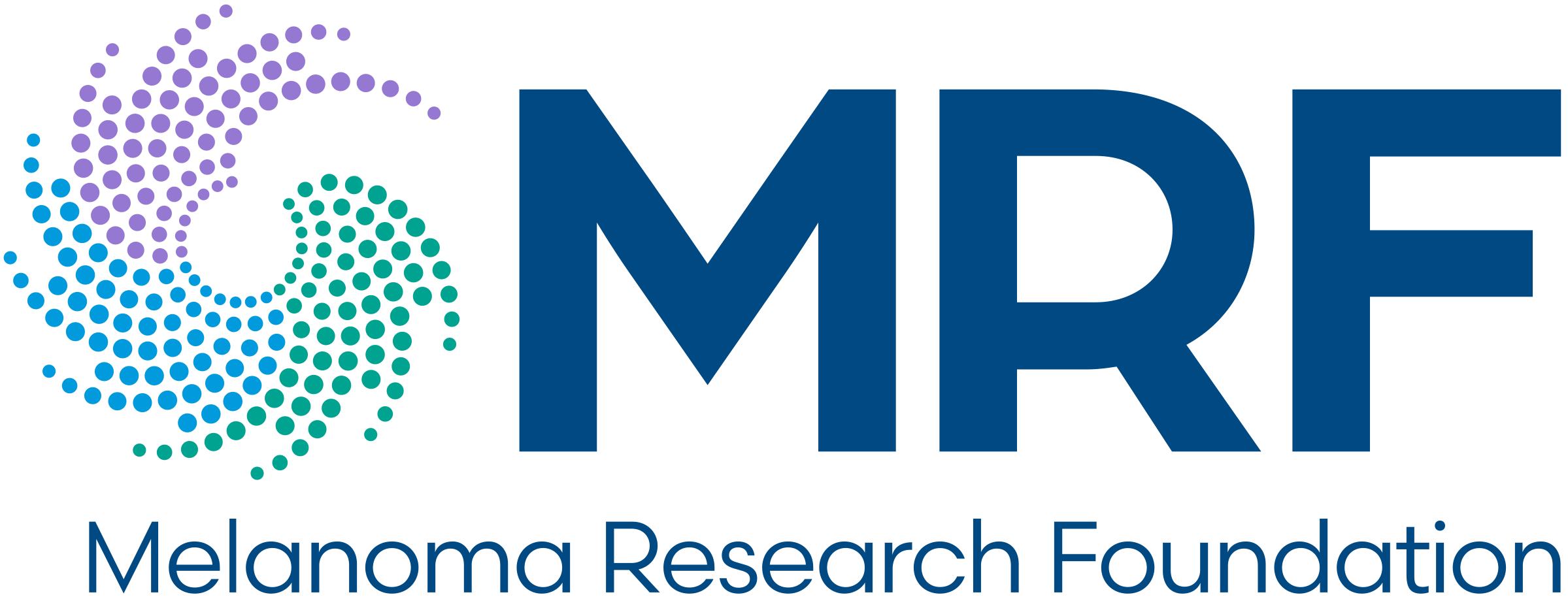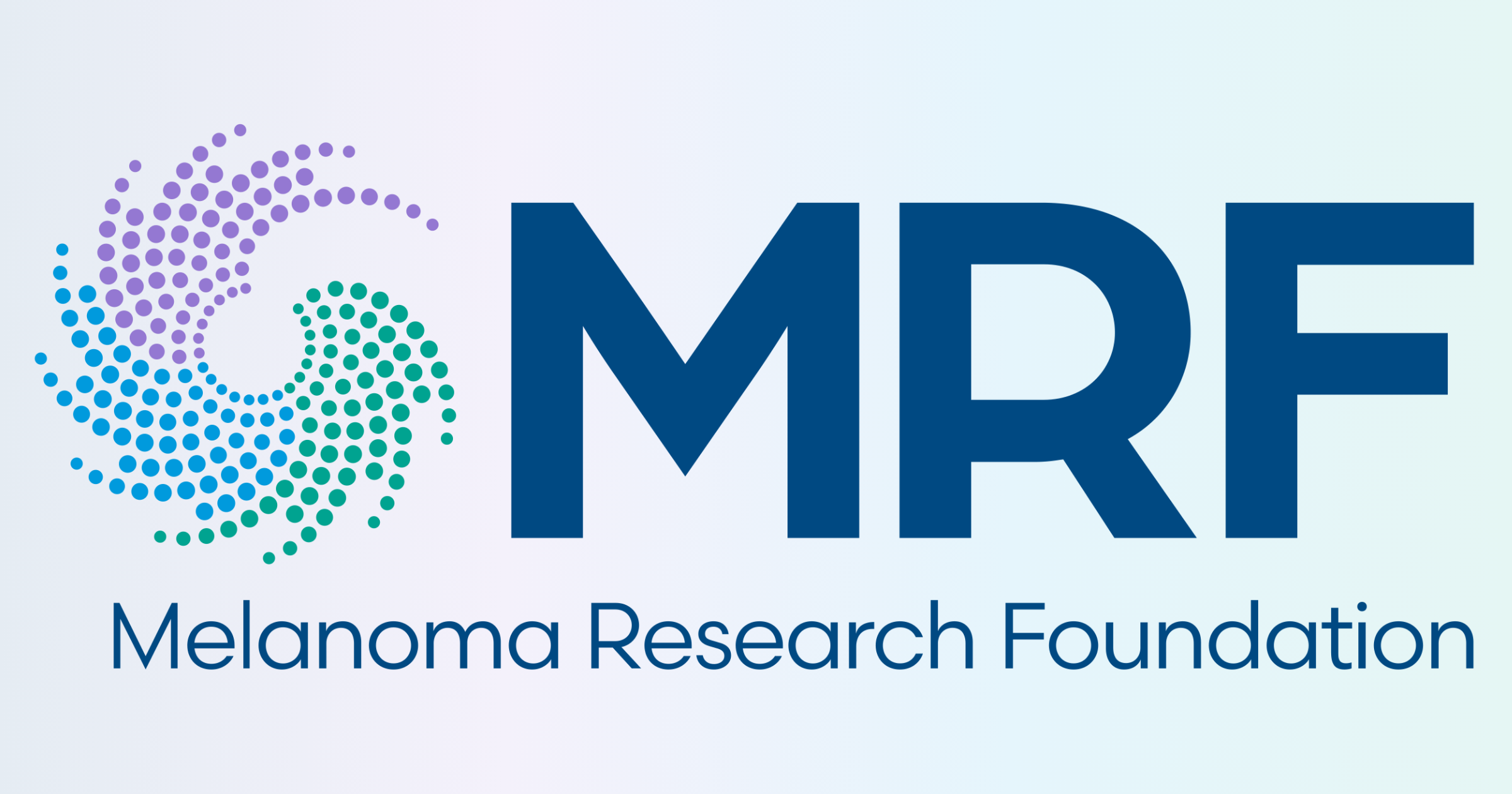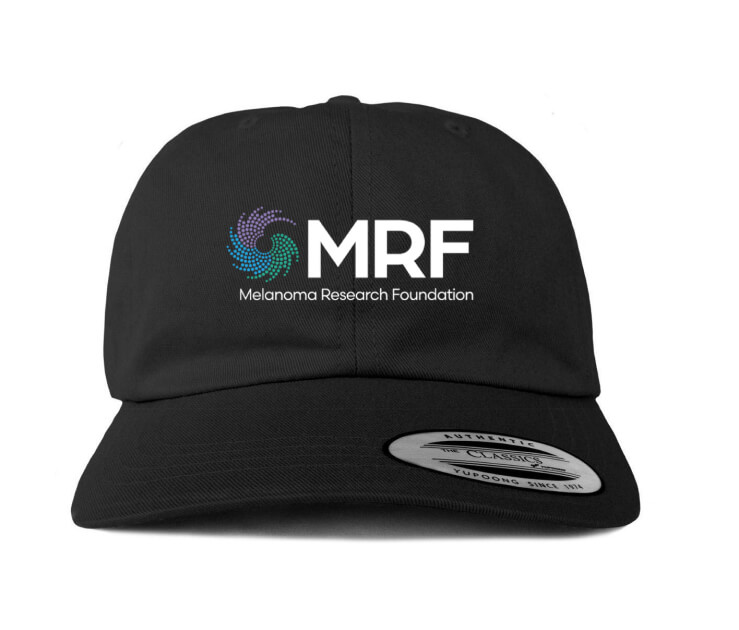January 27, 2025
Health Insurance
Learn about the Open Enrollment Period to be sure you are getting the most out of your health insurance coverage.
OVERVIEW: Health Insurance & Open Enrollment
Individual Insurance
Individual insurance, or “non-group” coverage, is for people who are self-employed or otherwise ineligible for insurance from other sources, such as employer provided group health plans, Medicare or Medicaid.
Open Enrollment Period
Open Enrollment is the yearly period when people can enroll in a health insurance plan. Open Enrollment for 2019 coverage was November 1 – December 15, 2018.
There are exceptions for those who qualify for a Special Enrollment opportunity due to certain circumstances, such as moving out of state, getting married or having a baby.
Open Enrollment for 2019 is over, but you may still be able to enroll in a Marketplace health insurance plan for 2019 if you qualify for a Special Enrollment Period.
Ways you can enroll:
- The Marketplace at www.Healthcare.gov or 800-318-2596. In some communities, information and enrollment help is available at certain hospitals, clinics, pharmacies or community service organizations. See ‘Find Local help’ at HealthCare.gov.
- State exchanges in select states
- Insurance companies that offer individual health insurance
- An insurance agent or broker licensed by your state
- Special Enrollment
IMPORTANT: Tax credits that help make individual coverage more affordable are NOT available when you enroll in coverage directly through an insurance company, agent or broker. They are ONLY available through Healthcare.gov.
Child Health Insurance Program
Individuals or families with children who do not have health insurance can explore eligibility options for Medicaid or the Child Health Insurance Program(CHIP) for children under age 19 at any time. There is no open enrollment period for Medicaid or CHIP. Learn about and apply for these government-sponsored health insurance programs at Healthcare.gov.
Covered services, medicines and equipment
By law, most individual policies must cover 10 essential health benefits. This includes policies sold in the Marketplace or directly through an insurer outside of the Marketplace. All health insurance, including Medicare and Medicaid plans, must cover recommended preventive health services (such as cancer screenings and vaccines) at no additional cost if received from a provider in your plan’s network.
IMPORTANT: The Affordable Care Act (ACA), prohibits denials or restrictions in coverage, and higher premium rates due to a pre-existing condition or disability.
Prescription and provider coverage
Take time to research if your provider, hospital and specific medications are covered in any health care plan you are considering. These and other details should be available through your state’s online Marketplace or the insurance company. This application checklist can help you consider an individual health plan.
Cost
Premiums vary significantly depending on location, coverage, age and tobacco use.
- Fortunately, all individual insurance plans sold through the Marketplace or state exchanges are available on an income scale. Applicants in households with income below 400% of the federal poverty level (~$98,480 for family of four in 2017) receive tax credits that are applied immediately so their monthly premiums are more affordable.
- Plans are listed as Platinum, Gold, Silver or Bronze, depending on coverage. Platinum plans cover the most, Bronze plans cover the least.
- ‘Extra savings’ are available for people with household income between 100% and 250% of the federal poverty level, or $30,150 to $48,240 for a household of one in 2017. You MUST enroll in a Silver level plan to qualify for extra savings.
- Click here to find out if you qualify for a hardship exemption if coverage is unaffordable for you.
About the Health Insurance Marketplace
The Health Insurance Marketplace, also known as the exchange in some states, allows individuals and families to compare available health plan options, apply for health insurance and cost help, and enroll in their chosen health plan.
- Everything you read about your options and costs will be in plain language.
- Details about price, benefits, quality and other features are presented to help you select the plan that best meets your needs.
- Every health insurance plan in the Marketplace offers comprehensive coverage, including hospitalization, doctors’ visits, prescriptions and more.
The ACA (2010) requires tax credits that make coverage more affordable and prohibits insurers from refusing to cover or charge more if someone has a pre-existing condition.
You can get help reviewing options and next steps through the toll-free Marketplace help line: 800-318-2596 (TTY: 855-889-4325). If you have trouble accessing this toll-free service, there may be local help providers in your state or community.
You must re-enroll every year. Every fall, your Marketplace insurance company will notify you of any changes to premiums and benefits for the coming year.
- You can choose to stay in your current plan as long as it is still offered, or switch to another one that is a better fit for your needs and finances.
- You can begin comparing health plans on November 1, and the deadline to make any changes or enroll in a new plan is December 15.
If you want to stay enrolled in your current plan, use the plan ID in the letter you get from your health insurer to quickly access your Marketplace account. You will need this account information to update or confirm your personal information.
Medicaid and CHIP enrollees must re-certify for continued coverage every year. Each state has its own process for recertifying enrollees in these programs. Watch for notices from your Medicaid or CHIP plan and follow the procedures carefully.
Call 800-318-2596 for help re-enrolling in Marketplace, Medicaid or CHIP health coverage.



